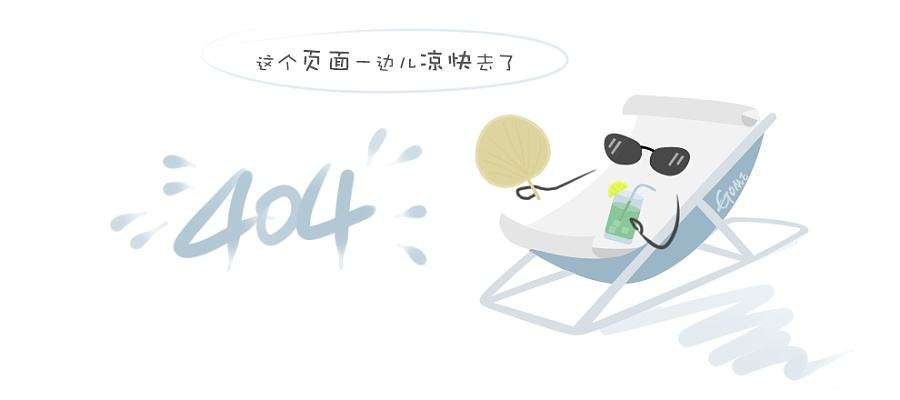fycompa® for adjunctive treatment of partial onset seizures launched in china-威尼斯人888
eisai co., ltd. (headquarters: tokyo, ceo: haruo naito, "eisai") announced today that it has launched the in-house discovered and developed antiepileptic drug (aed) fycompa®, (product name in china: 卫克泰®, generic name perampanel) for use in adjunctive treatment of partial onset seizures (with or without secondarily generalized seizures) in epilepsy patients 12 years of age and older.
in china, it is estimated that there are approximately 9 million patients with epilepsy, approximately 60% of whom are affected by partial-onset seizures. about 40% patients with partial-onset seizures require adjunctive treatment1. as approximately 30% of patients with epilepsy are unable to control their seizures with currently available aeds2, this is a disease with significant unmet medical needs. fycompa was designated for priority review by the national medical products administration due to its significant clinical benefits compared to existing treatments after the submission in september 2018 and was approved on september 29, 2019.
fycompa is a first-in-class aed and a once-daily tablet discovered at eisai’s tsukuba research laboratories. in the united states and europe, a new oral suspension formulation has been approved and is being marketed. the agent is a highly selective, noncompetitive ampa receptor antagonist that reduces neuronal hyperexcitation associated with seizures by targeting glutamate activity at ampa receptors on postsynaptic membranes.
fycompa has been approved in over 65 countries around the world as an adjunctive treatment for partial-onset seizures with or without secondarily generalized seizures in patients with epilepsy 12 years of age and older. in addition, fycompa has been approved in over 60 countries as an adjunctive treatment for primary generalized tonic-clonic seizures in patients with epilepsy 12 years of age and older. in the united states, fycompa is also indicated for monotherapy and adjunctive use in the treatment of partial-onset seizures with or without secondarily generalized seizures in patients with epilepsy 4 years of age and older.
eisai considers neurology including epilepsy, a therapeutic area of focus. with this launch of fycompa in china, eisai pursues our mission to provide "seizure freedom" to a greater number of patients with epilepsy across the world. eisai seeks to address the diverse needs of, as well as increasing the benefits provided to, patients with epilepsy and their families.
media inquiries:
public relations department,
eisai co., ltd.
81-(0)3-3817-5120
[notes to editors]
1. about fycompa (perampanel)
fycompa is a first-in-class aed discovered and developed by eisai. with epileptic seizures being mediated by the neurotransmitter glutamate, the agent is a highly selective, noncompetitive ampa receptor antagonist that reduces neuronal hyperexcitation associated with seizures by targeting glutamate activity at ampa receptors on postsynaptic membranes. fycompa is available in tablet form to be taken once daily orally at bedtime. in addition, an oral suspension formulation has been approved and marketed in the united states and in europe. to date, fycompa has been used to treat more than 270,000 patients worldwide across all indications.
fycompa is currently approved in more than 65 countries and territories, including the united states, japan, in europe and in asia as adjunctive treatment for partial-onset seizures (with or without secondarily generalized seizures) in patients with epilepsy 12 years of age and older. in addition, fycompa has been approved in more than 60 countries, including the united states, japan, in europe and in asia for treatment as an adjunctive therapy for primary generalized tonic clonic seizures in patients with epilepsy 12 years of age and older. in the united states, fycompa is also indicated for monotherapy and adjunctive use in the treatment of partial-onset seizures (with or without secondarily generalized seizures) in patients with epilepsy 4 years of age and older. in japan, a supplementary new drug application has been filed seeking approval of fycompa for use as monotherapy for partial-onset seizures, treatment for partial-onset seizures in pediatric patients aged 4 years and older, as well as a fine granule formulation. in europe, an application has been submitted seeking the additional approval of fycompa for adjunctive use in the treatment of partial-onset seizures (with or without secondarily generalized seizures) or primarily generalized tonic-clonic seizures in pediatric patients with epilepsy.
furthermore, eisai is conducting a global phase iii clinical study (study 338) for the agent in patients with seizures associated with lennox-gastaut syndrome.
2. about epilepsy
epilepsy affects approximately 9 million people in china, 6 million people in europe, 3.4 million people in the united states, 1 million people in japan, and approximately 60 million people worldwide. as approximately 30% of patients with epilepsy are unable to control their seizures with currently available aeds2, this is a disease with significant unmet medical need.
epilepsy is broadly categorized by seizure type, with partial-onset seizures accounting for approximately 60% of epilepsy cases and generalized seizures accounting for approximately 40%. in a partial-onset seizure, an abnormal electrical disturbance occurs in a limited area of the brain, and may subsequently spread throughout the brain, becoming a generalized seizure (known as a secondarily generalized seizure). in a generalized seizure, abnormal electrical disturbances occur throughout the brain, and can be followed by a loss of consciousness or physical symptoms manifested throughout the whole body.
1 clinical guideline 2015 in china.
2 "the epilepsies and seizures: hope through research. what are the epilepsies?" national institute of neurological disorders and stroke, accessed may 24, 2016,

